Selling digital goods can be a highly profitable venture offering creators and businesses a range of monetization strategies. Unlike physical products,, digital goods come with lower overhead costs allowing for higher profit margins. Here is a breakdown of different ways to make money from digital goods and maximize your revenue

1. Direct Sales on Your Website
1.1 Set Up an E-commerce Store
Platforms Use platforms like Shopify WooCommerce (for WordPress) or Gumroad to create an online store where customers can purchase and download your digital products directly.
Benefits By selling directly on your website you avoid commissions taken by third-party marketplaces retain full control over your branding and build direct relationships with your customers.
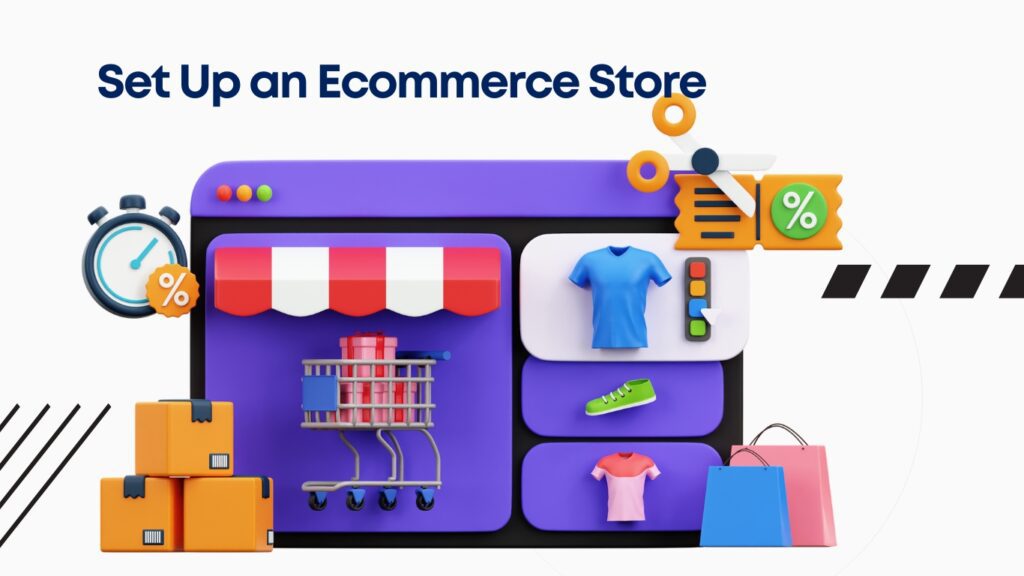
Monetization Strategy Offer digital products like ebooks courses software design templates or music files for a fixed price. You can also bundle related products together at a discounted rate to increase sales volume.
Know in detail about how to set up an e-commerce store.
1.2 Memberships and Subscriptions
Recurring Revenue Offers access to a library of digital content (such as stock photo templates or music) through a subscription model where users pay a recurring fee for ongoing access.
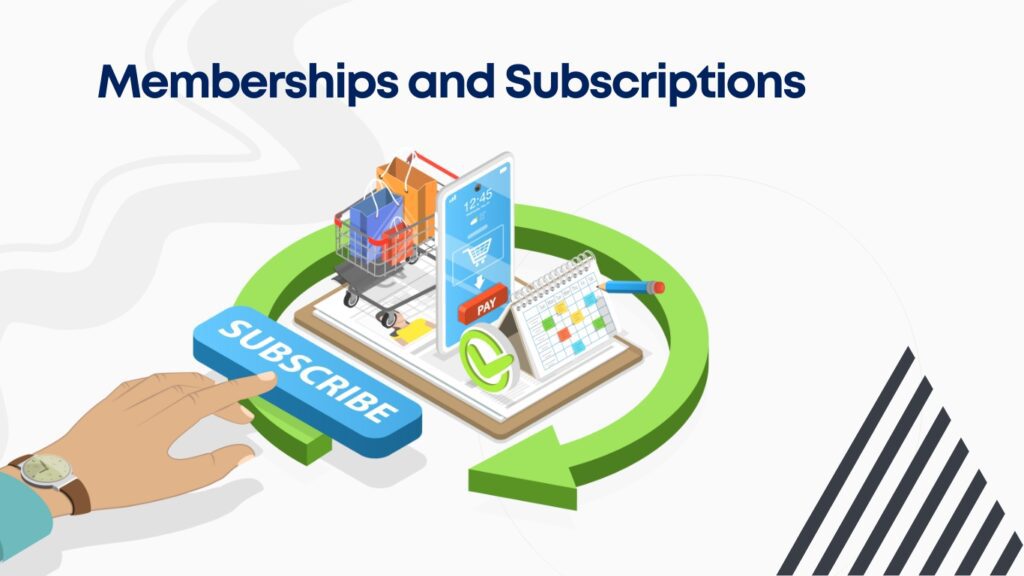
Benefits Subscriptions provide a predictable revenue stream and help build long-term relationships with customers. They work especially well for content that is updated regularly such as online courses with new modules or software with regular updates.
2. Using ThirdParty Marketplaces
2.1 Sell on Digital Marketplaces
Platforms Websites like Etsy Creative Market Envato (for design templates) Udemy (for courses) or Amazon (for ebooks) allow you to reach a wider audience.
Benefits These platforms come with built-in audiences and established traffic reducing the time and effort needed to attract customers. They also handle payment processing and some aspects of customer service.
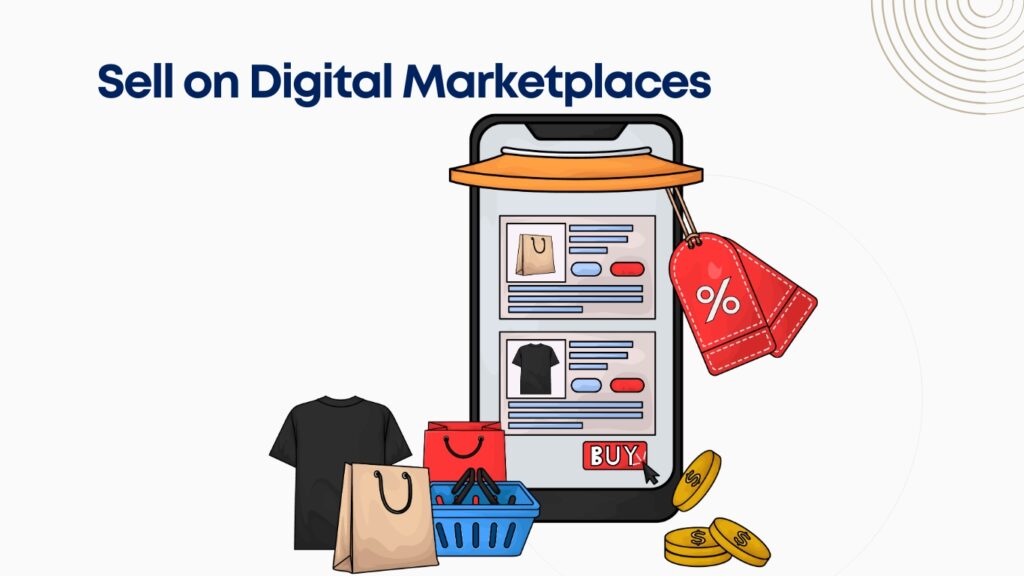
Monetization Strategy Set a competitive price for your products while factoring in the marketplace commission fees. Optimize your product listings with keywords to improve visibility in search results.
2.2 Affiliate Platforms
Utilize Affiliate Programs Use platforms like ClickBank ShareASale or Digistore24 to list your digital products for affiliate marketers to promote in exchange for a commission.
Benefits Affiliates can help promote your products to new audiences increasing sales without upfront advertising costs.
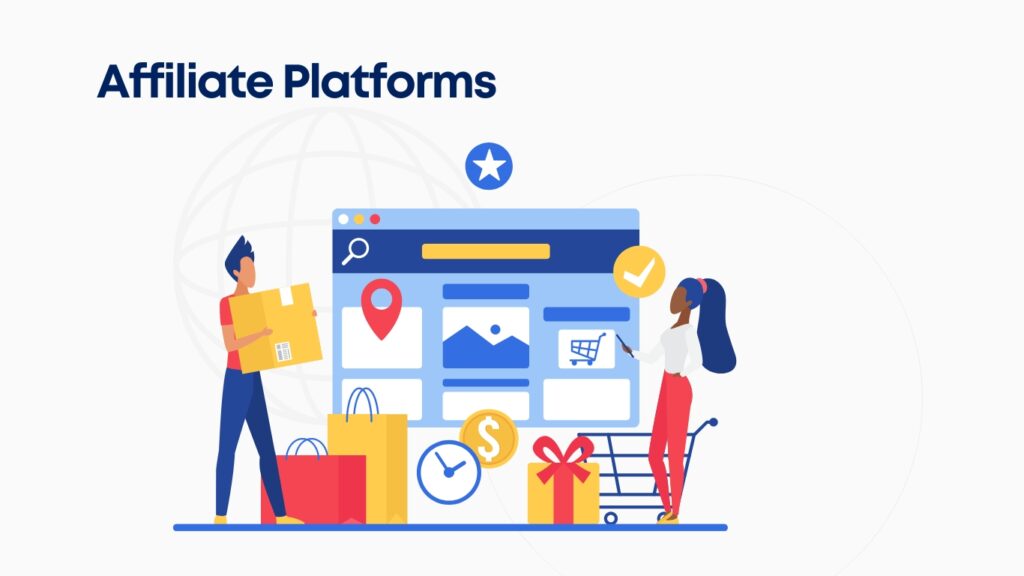
Monetization Strategy Set a reasonable commission rate that incentivizes affiliates to market your products while still allowing you to maintain profitability.
3. Affiliate Marketing for Your Digital Products
3.1 Create an Affiliate Program for Your Website
Software Solutions Use affiliate management tools like Post Affiliate Pro or AffiliateWP (for WordPress) to set up an affiliate program directly on your website.
Benefits Affiliates earn a commission by promoting your digital products expanding your reach and increasing sales without you having to pay for ads upfront.

Monetization Strategy Offer affiliates a percentage of each sale they generate. This is a cost-effective way to increase exposure and sales while maintaining control over the branding and messaging.
4. Licensing and Reselling Rights
4.1 Sell Licensing Rights
Exclusive and NonExclusive Licenses If you create digital assets like music tracks design templates or software you can sell licenses to individuals or businesses that want to use your work in their own projects.
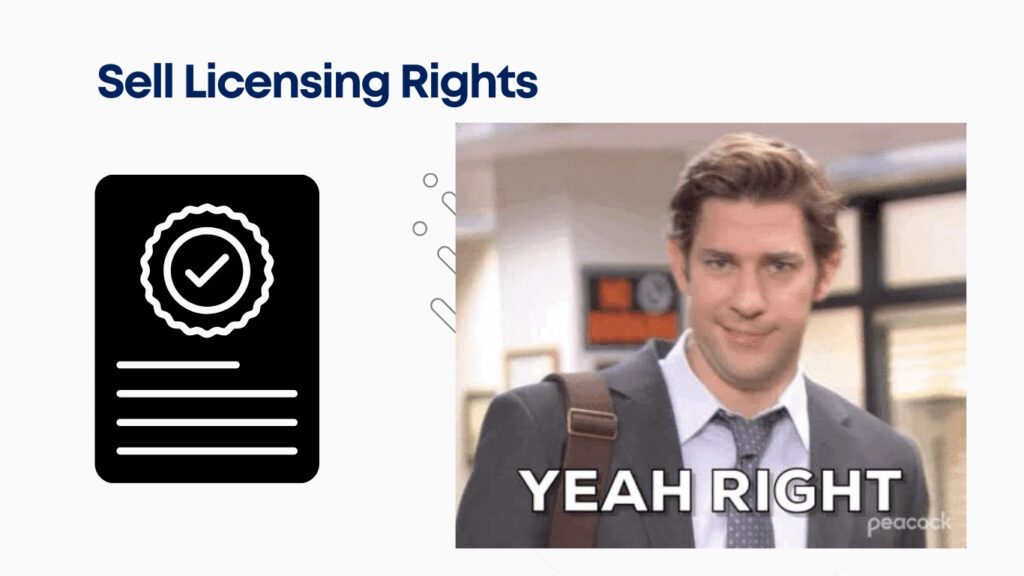
Benefits Licensing allows you to sell the same digital asset multiple times increasing the earning potential of a single creation.
Monetization Strategy Set different pricing tiers for exclusive licenses (which allow the buyer full rights to use the product) versus nonexclusive licenses (which allow multiple buyers to use the product).
4.2 Resale Rights
Resell Rights Models Offer Master Resale Rights (MRR) or Private Label Rights (PLR) for ebooks courses or software allowing customers to resell your digital product as their own.
Benefits This can attract customers who are interested in using your product as a business opportunity. You can charge a premium for these rights since they provide resale value to the buyer.
Monetization Strategy Charge a higher upfront fee for resale rights and offer these as a limited-time opportunity to create urgency.
5. Crowdfunding and PreSales

5.1 Use Crowdfunding Platforms
Platforms Sites like Kickstarter Indiegogo or Patreon can help you fund the development of a digital product before it’s even created.
Benefits This approach allows you to validate demand before investing too much time and resources. It also provides initial funds to help with production.
Monetization Strategy Offer backers exclusive perks such as early access to the digital product behind-the-scenes content or a discounted price for their support.
5.2 Pre Selling Your Product
PreLaunch Campaigns Before officially launching your digital product you can run a presale campaign where customers pay in advance for access when the product is ready.
Benefits This generates initial revenue helps validate your idea and creates a sense of anticipation among your audience.
Monetization Strategy Offer special discounts or bonus content for those who prepurchase your product to incentivize early buyers.
6. Upselling and cross-selling
6.1 Upselling Digital Products
Offer Premium Versions If you have a basic version of a digital product create an upgraded version with additional features or content. For example,, if you have an ebook you could offer a deluxe package that includes bonus chapters video tutorials or exclusive access to a webinar.
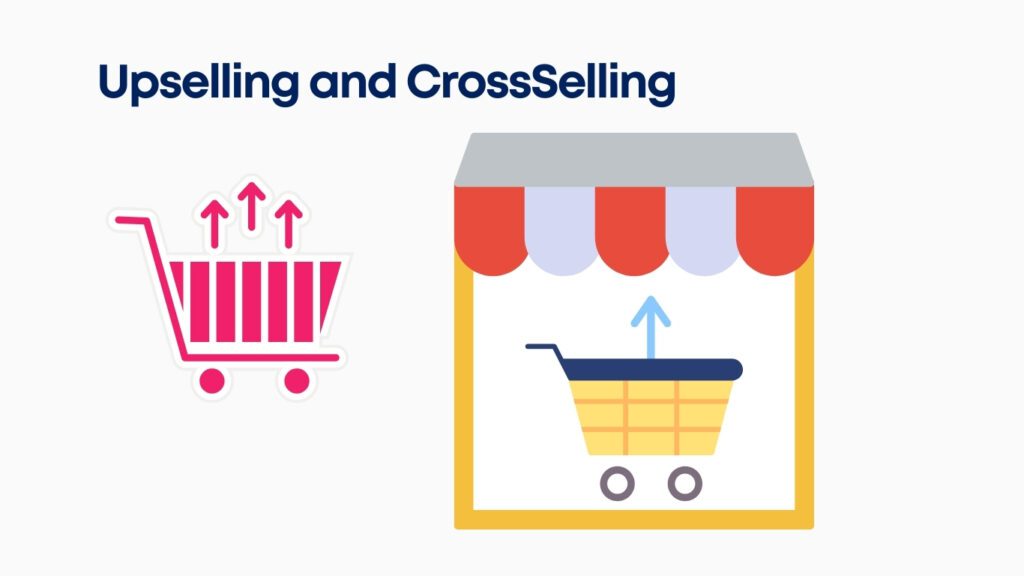
Benefits Upselling increases the average transaction value allowing you to earn more per customer.
Monetization Strategy Present the upsell option during checkout or immediately after a purchase emphasizing the added value of the premium product.
6.2 CrossSelling Related Products
Bundle Products Combine related digital products into a bundle at a discounted price. For example,, if you sell design templates you could bundle various styles together as a “complete design toolkit.”
Benefits This encourages customers to purchase more products in a single transaction increasing overall revenue.
Monetization Strategy Use sales pages or automated email campaigns to suggest related products that complement the customer’s initial purchase.
7. Offer Consulting or Services as an AddOn
7.1 Offer Personalized Consulting
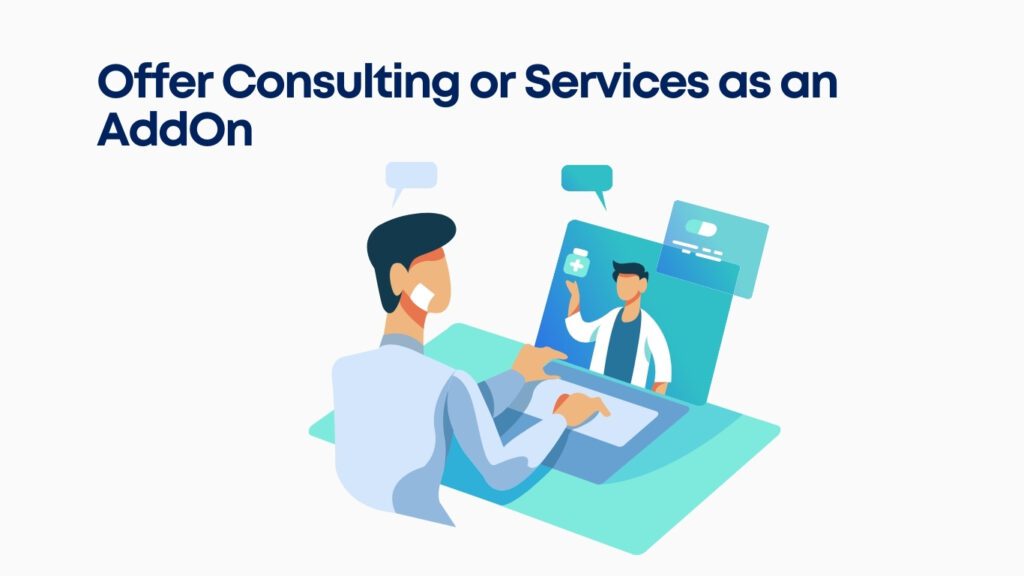
Consulting Packages If you are an expert in a particular field offer one-on-one consulting sessions or coaching as an add-on to your digital product. For example, if you sell an online course on social media marketing you could offer personalized strategy sessions.
Benefits Consulting services can provide a higher ticket revenue stream and position you as a go-to expert in your niche.
Monetization Strategy Create tiered packages with varying levels of access to your expertise and promote them alongside your digital products.
7.2 Create a Service-Based Offering
Done for You Services For software or templates offer a service where you set up or customize the product for the customer. For example, if you sell website templates offer a service to customize it according to the buyer’s brand.
Benefits Services can command higher prices and combining them with digital products makes your offerings more comprehensive.
Monetization Strategy Promote these services during the checkout process or in follow-up emails after a customer purchases the digital product.
Conclusion
Marketing and monetizing digital goods can be a lucrative endeavour when approached strategically. By leveraging different sales channels creating high-quality products and using promotional tactics tailored to the digital space you can reach a global audience and generate substantial revenue. Whether you are selling ebook software or online courses the key is to understand your audience’s needs provide genuine value and continuously optimize your marketing efforts.
With the right approach selling digital goods can not only generate income but also provide a sustainable and scalable business model. The flexibility of digital products combined with the growing global demand for online content makes this an excellent opportunity for both new entrepreneurs and established businesses.
A Comprehensive Guide to Marketing Digital Goods: Strategies for Success
The digital economy has made it easier than ever for creators entrepreneurs and businesses to sell digital goods. These include products like e-books online courses software digital art music and more. However, effectively marketing digital goods requires a distinct approach from physical products. With no physical inventory and often a broader global audience the right strategies can lead to significant success. This guide will explore how to market digital goods effectively covering everything from product development to promotional tactics.
1. Understanding Digital Goods
1.1 What Are Digital Goods?
Definition: Digital goods are intangible products that can be delivered electronically. Unlike physical products,, they do not require shipping and can be accessed instantly upon purchase.
Examples: E-books online courses software stock photos music files website themes digital art design templates and memberships.
1.2 Benefits of Selling Digital Goods
Low Overhead Costs: Digital products eliminate the need for storage manufacturing and shipping costs making them highly profitable.
Scalability: Once created digital goods can be sold to an unlimited number of customers allowing for exponential growth.
Instant Delivery: Customers appreciate the convenience of instant access to their purchases.
2. Building a High-Quality Digital Product
Before diving into marketing strategies it’s essential to ensure your product is top-notch. The quality of your digital goods directly impacts customer satisfaction and brand reputation.
2.1 Identify Your Target Audience
Market Research: Use survey forums and social media groups to understand what your audience is looking for. Tools like Google Trends can help you identify current interests.
Niche Focus: Focus on a specific niche that aligns with your expertise and where demand exists. This can help differentiate your product from competitors.
2.2 Create a Valuable Product
Solve a Problem: The best digital goods address a particular need or solve a problem. For example,, an online course that teaches a valuable skill or a software solution that simplifies a complex task.
Quality Content: Invest in high-quality content creation. For example, if you’re selling an e-book ensure it’s well-written and professionally designed.
2.3 Package Your Product for Easy Use
User-Friendly Format: Deliver your digital goods in a format that is easy to access and use such as PDFs MP3s or downloadable zip files.
Clear Instructions: Include a simple guide or tutorial on how to use the digital product,, especially for software or online courses.
3. Creating a Sales Funnel for Digital Goods
A sales funnel guides potential customers through the buying process. It’s essential for converting interest into purchases, especially for digital products where the customer cannot physically interact with the product before buying.
3.1 Awareness Stage: Attracting Traffic
Content Marketing: Create blog posts videos or podcasts that address topics related to your digital product. This helps drive organic traffic to your website.
Social Media Marketing: Use platforms like Instagram LinkedIn TikTok or Pinterest depending on where your target audience spends time. Share content that educates and excites them about your product.
SEO Optimization: Optimize your website and content for search engines to attract visitors who are searching for solutions your product offers.
3.2 Consideration Stage: Building Trust
Email Marketing: Capture leads through email signup forms offering freebies or valuable content such as a sample chapter of an e-book or a mini course.
Webinars: Hosting webinars is a great way to demonstrate your expertise and provide a preview of what your digital product can offer.
Customer Testimonials: Showcase reviews and testimonials from past buyers to build credibility.
3.3 Decision Stage: Converting Leads
Landing Pages: Design focused landing pages that clearly explain the benefits of your product include testimonials and have a compelling call to action (CTA).
Discounts and Promotions: Offer limited-time discounts or bundle deals to encourage immediate purchases.
Guarantees: Provide a satisfaction guarantee or money-back policy to reduce buyer hesitation.
4. Promotional Strategies for Digital Goods
Once your sales funnel is set up you can amplify your marketing efforts through various promotional strategies to reach a larger audience.
4.1 Content Marketing
Blog Posts: Write articles that provide value to your target audience and link back to your digital product. For example,, a blog post on “Top 10 Tips for Learning Photoshop” can promote a digital course on Photoshop.
YouTube Videos: Video tutorials or behind-the-scenes content can generate interest in your digital products. For example, a video that gives a sneak peek of an online course.
4.2 Paid Advertising
Google Ads: Use targeted Google Ads for keywords related to your digital product. For example,, an e-book on digital marketing can use ads targeting terms like “best digital marketing e-book.”
Social Media Ads: Platforms like Facebook and Instagram allow for highly targeted ads based on user interests and behaviours. Showcase your product with eye-catching visuals and a strong CTA.
Influencer Marketing: Partner with influencers in your niche to reach their audience. Influencers can review your product or share a discount code with their followers.
4.3 Affiliate Marketing
Set Up an Affiliate Program: Allow other creators or bloggers to promote your digital goods in exchange for a commission on sales. This can expand your reach without upfront marketing costs.
Find Affiliates: Reach out to bloggers content creators or influencers who align with your product and have an engaged audience.
4.4 Email Marketing Campaigns
Automated Email Sequences: Create sequences that nurture leads over time offering valuable tips or insights and highlighting the benefits of your product.
Product Launch Emails: When launching a new product send a series of emails that build excitement offer early bird discounts and emphasize urgency.
5. Building an Online Presence
Your online presence plays a significant role in the success of your digital product. It helps build credibility trust and a loyal audience.
5.1 Create a Professional Website
Product Showcase: Use high-quality images demo videos and detailed descriptions to highlight the features and benefits of your digital product.
About and Contact Pages: Build trust with an about page that shares your story and expertise. Make it easy for potential customers to reach you through a contact page.
5.2 Engage on Social Media
Consistency is Key: Post regularly to keep your audience engaged. Use social media stories polls and interactive content to encourage participation.
Show Behind the Scenes: Share behind-the-scenes content such as the creation process of your digital product to create a deeper connection with your audience.
5.3 Leverage Online Communities
Join Niche Forums: Participate in forums like Reddit Quora or industry-specific communities where people are looking for solutions related to your digital product.
Host Online Workshops or Q&A Sessions: These are great ways to establish your expertise and introduce your product to a new audience.
6. Optimizing for Long Term Success
Once your digital product is launched and your marketing is underway it’s essential to continuously optimize your strategy for better results.
6.1 Monitor Analytics
Website Analytics: Use tools like Google Analytics to track where your traffic is coming from and which pages have the highest conversion rates.
Email Open Rates and Click-Throughs: Use email marketing tools to analyze which campaigns drive the most interest and sales.
6.2 Gather Customer Feedback
Surveys and Polls: Ask your customers for feedback on their experience with your digital product. This can help you improve future versions or add new features.
Testimonials: Use positive feedback as testimonials on your website and social media to build trust with potential customers.
6.3 Update and Improve Your Product
Digital products should evolve with the market. Continuously update your online course e-book or software to keep it relevant and valuable to your customers.
Conclusion
Marketing digital goods requires a strategic approach focusing on building value engaging your audience and using the right tools to reach potential customers. By understanding your market creating a high-quality product and utilizing effective marketing tactics you can turn your digital products into a sustainable revenue stream. Whether you are just starting or looking to optimize your existing strategy the key is to stay adaptable and keep learning from your audience’s needs and preferences.
With consistent effort and the right strategies,, your digital goods can reach the right audience generate meaningful sales and help you build a successful online business.
15. Frequently Asked Questions on Promoting Digital Products
The following is a list of fifteen questions and answers concerning the promotion of digital products. From the very beginning of digital goods to more complex marketing and monetization techniques these questions and answers cover it all.
1. Can you define digital goods?
Oh,, sureItems that cannot be physically handled but may be transferred digitally include things like ebooks online courses music files software digital art and templates. They are instantaneous and do not require transportation, unlike physical products.
2. What are the first steps to begin selling digital items on the internet?
All you need is a digital product (such as software or an ebook) a website or e-commerce platform (such as Shopify or Gumroad) and a strategy to attract your ideal customers to begin selling digital goods. Additional exposure can be achieved by listing your products on online marketplaces such as Etsy or Udemy.
3. Which platforms are ideal for selling digital goods?
For WordPress users there are Shopify and WooCommerce for more creative digital goods there are Gumroad and Etsy and for more specialized sites like Udemy for courses or Envato for design assets,, there are platforms like these. The platforms streamline the process of processing payments and delivering products.
4. what strategies can I use to promote my digital goods?
Oh sureMarketing campaigns that make use of content (videos blogs) social media email and paid advertising (Google Ads Facebook Ads) tend to do better. Additional strategies for reaching a wider audience include affiliate marketing influencer partnerships and webinars.
5. How can a sales funnel be used to facilitate the sale of digital goods?
Oh, sure, sure sales funnel is a series of actions that leads prospective buyers from the awareness stage all the way to the purchase decision. In the case of digital products, this might involve lead magnets landing sites meant to turn visitors into purchasers and email nurturing efforts. Sales and conversion rates are both boosted by an optimized funnel.
6. How can I make my digital product different from others?
Solving a problem offering high-quality information and making the user experience easy are three ways to differentiate your product. Put money into expert design create engaging product descriptions and leverage testimonials from satisfied customers to earn trust.
7. Can digital goods be used to produce passive income?
Absolutely With digital goods, you can offer the same product to different clients without increasing production expenses. When it comes to time-intensive products like software ebooks or courses this is particularly important to keep in mind.
8. What are the most effective methods of pricing digital products?
Tiered pricing in which you provide basic standard and premium versions of the product and value-based pricing in which you price according to the customer’s perceived worth are two common pricing strategies. Another way to increase sales is to bundle things together or provide discounts to early buyers.
9. How can I advertise digital products on social media?
Promote your digital product by posting helpful information on social media sites like LinkedIn Instagram Facebook and TikTok. Showcase your product’s benefits with interesting postings videos and tales. You can also target certain demographics with paid ads on these platforms.
10. In the realm of digital product sales how important is email marketing?
In order to generate sales and cultivate prospects email marketing is crucial. Lead magnets like free guides or minicourses allow you to collect email addresses from potential consumers. Then you can use this list to send them personalized emails that introduce educate and ultimately convince them to buy your digital goods.
11. Explain lead magnets and how they contribute to the promotion of digital products.
Oh, spread magnets are downloadable freebies that websites provide to visitors in return for their email addresses. Some examples of such resources are minicourses checklists or free ebooks. By using them you can collect email addresses of potential customers who might be interested in your digital products. Then you can send them helpful content and promotions.
12. How does a digital goods affiliate program function?
Participating in an affiliate program enables third parties to advertise your digital goods in return for a share of the profits. Without spending any money up front this can increase your reach. You only pay affiliates when they make a sale and they use special links to do it.
13. Can you explain the distinction between a nonexclusive license and an exclusive license for digital goods?
Oh sure digital products (such as a design template or audio track) can be purchased with an exclusive license which grants the buyer the right to use it in a manner that no other consumer can. Many buyers can buy and use the goods with a nonexclusive license. The uniqueness of an exclusive license typically results in a higher price tag.
14. What is the best way to establish a subscription model for online content?
To establish a subscription model offer something of lasting worth such as a digital asset library content updates on a regular basis or unrestricted access to premium resources such as a course or software tool. Subscription payments can be handled by platforms such as Patreon or MemberPress or by developing a custom solution for your website.
15. What criteria should I use to evaluate the potential sales of my digital product?
Use Google Trends and keyword tools to study search volumes and poll your target audience on social media or in online forums to get a feel for the industry. Offer the product at a discount before it is fully developed to evaluate interest which is another way to validate demand.
This set of questions and answers covers all the bases when it comes to making money online with digital goods from ideation to promotion and sales.

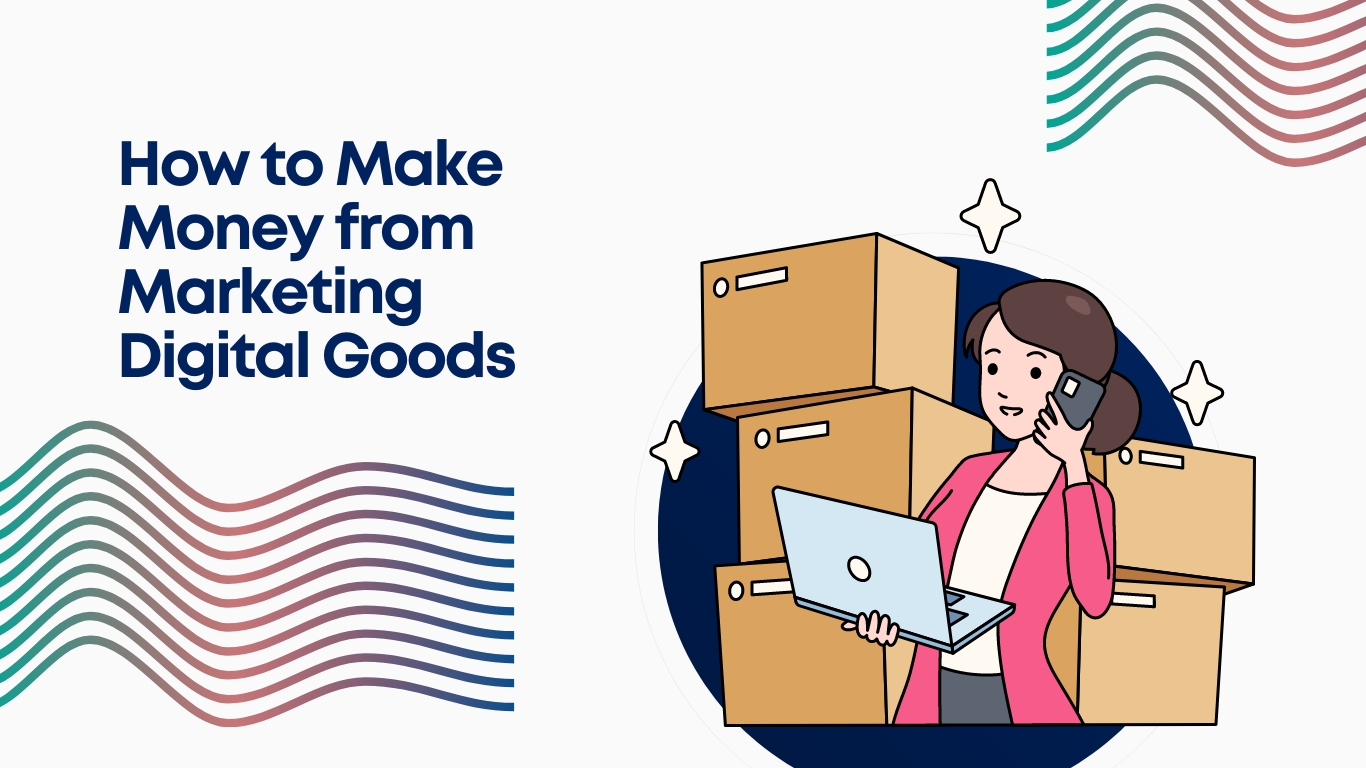
8 thoughts on “How to Make Money from Marketing Digital Goods”